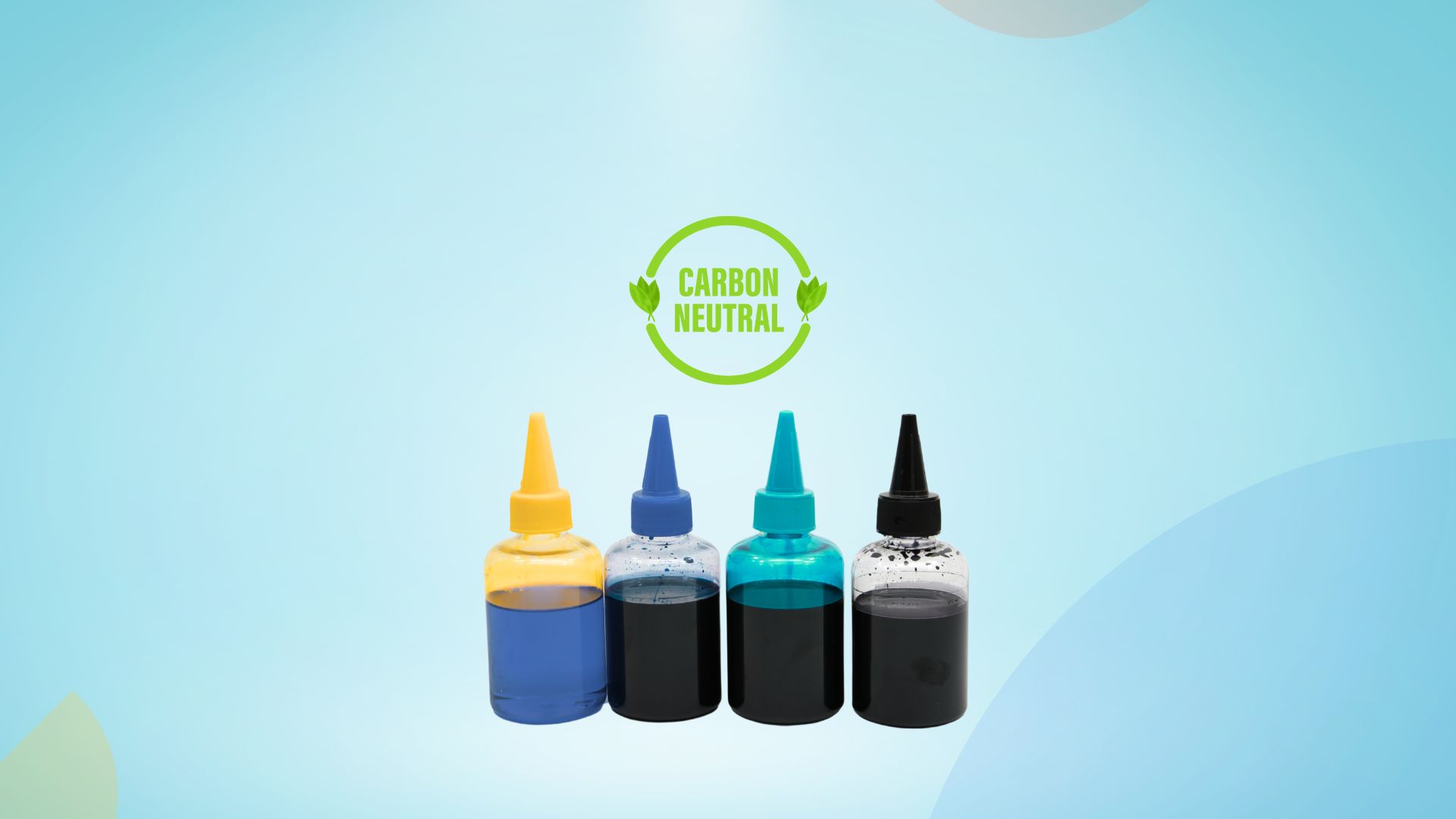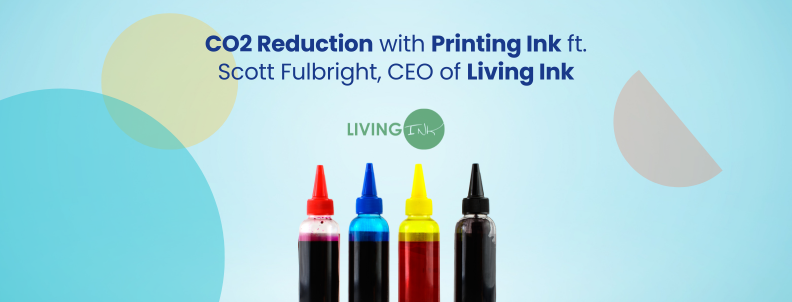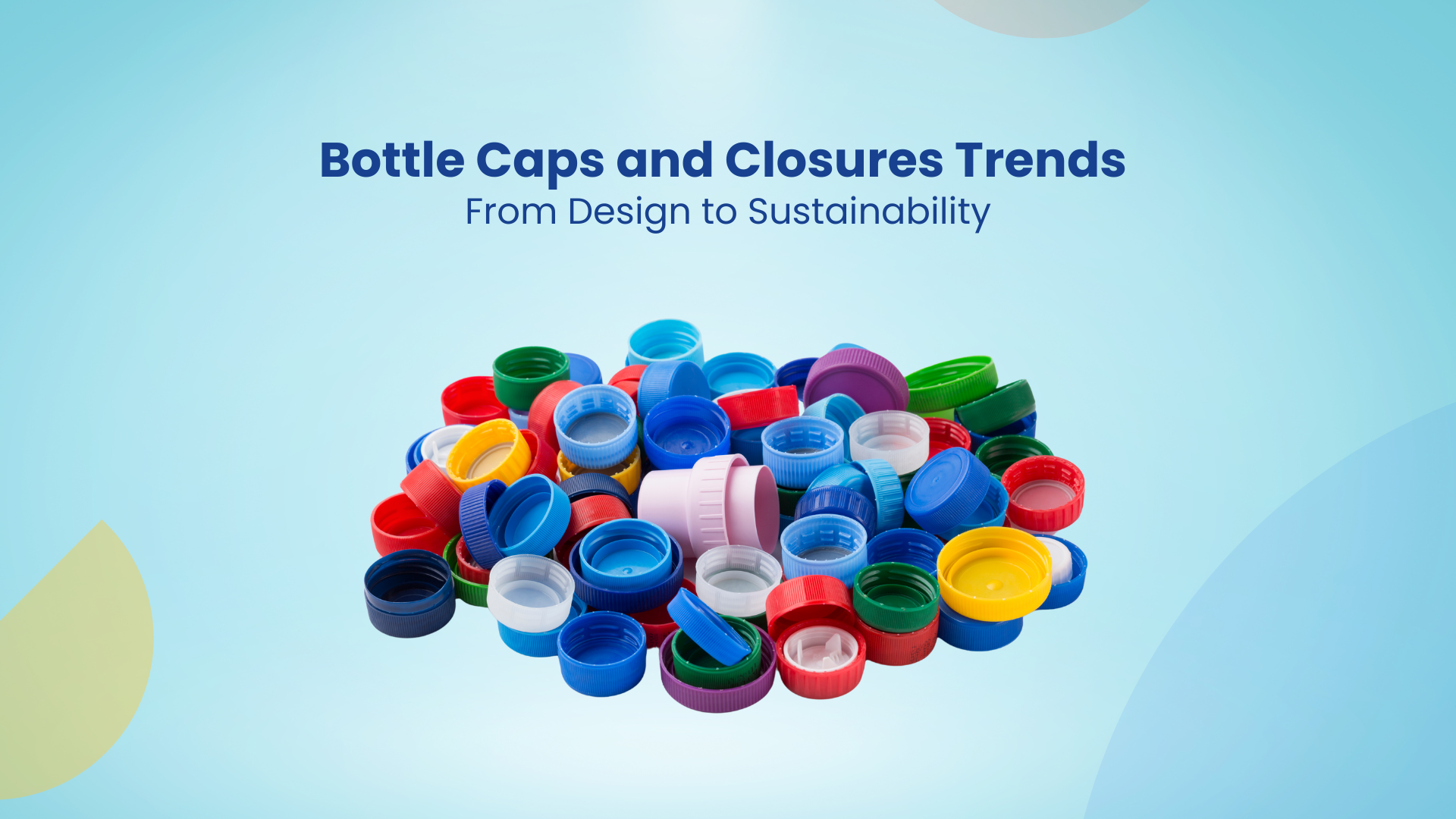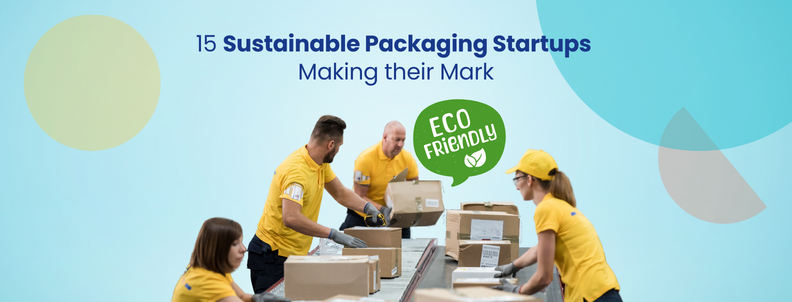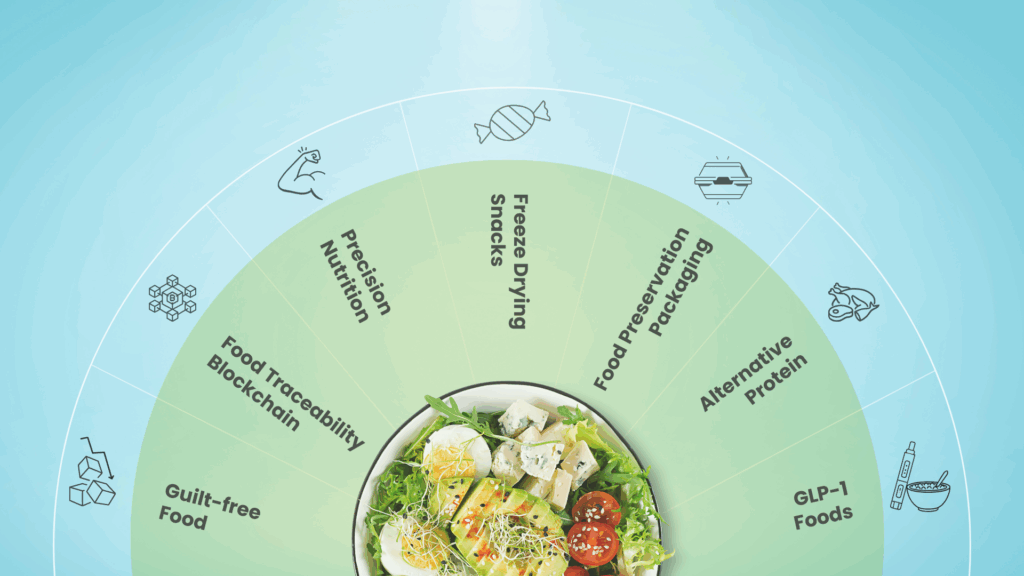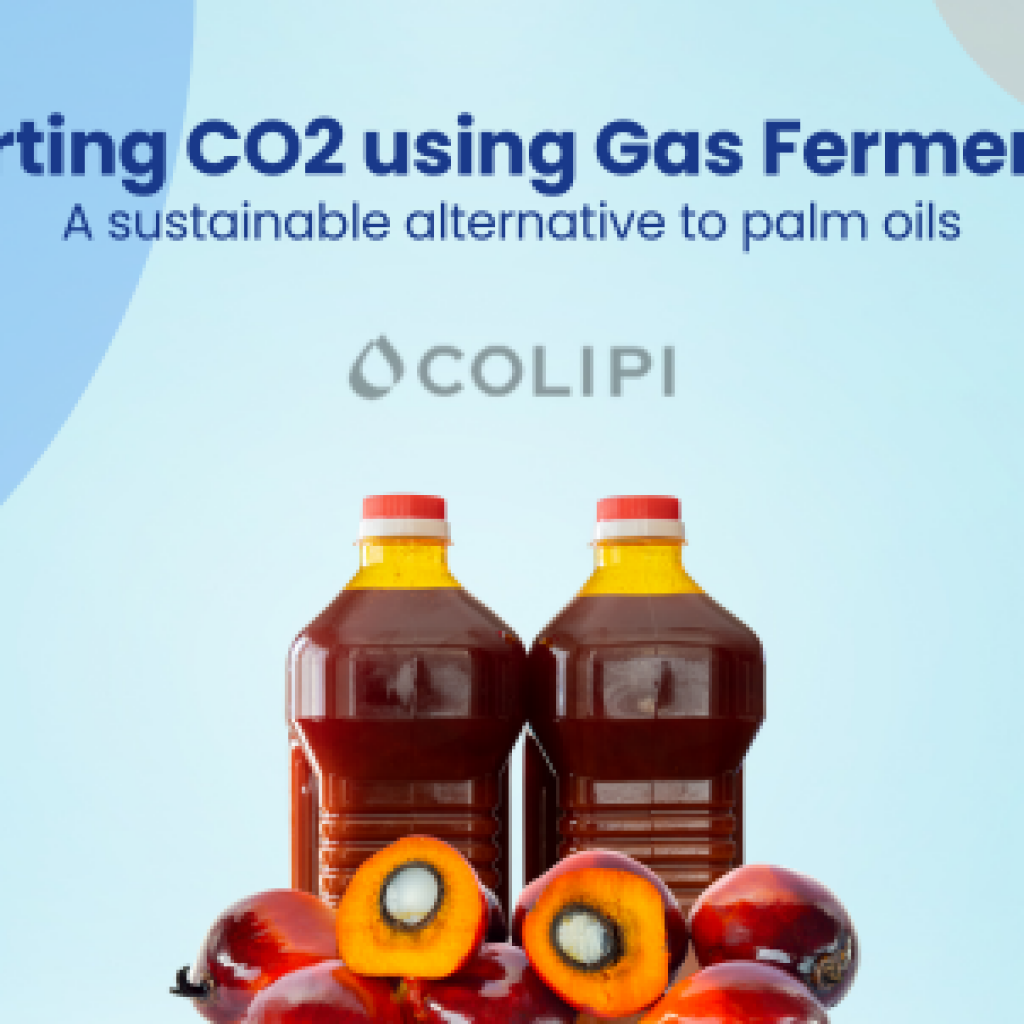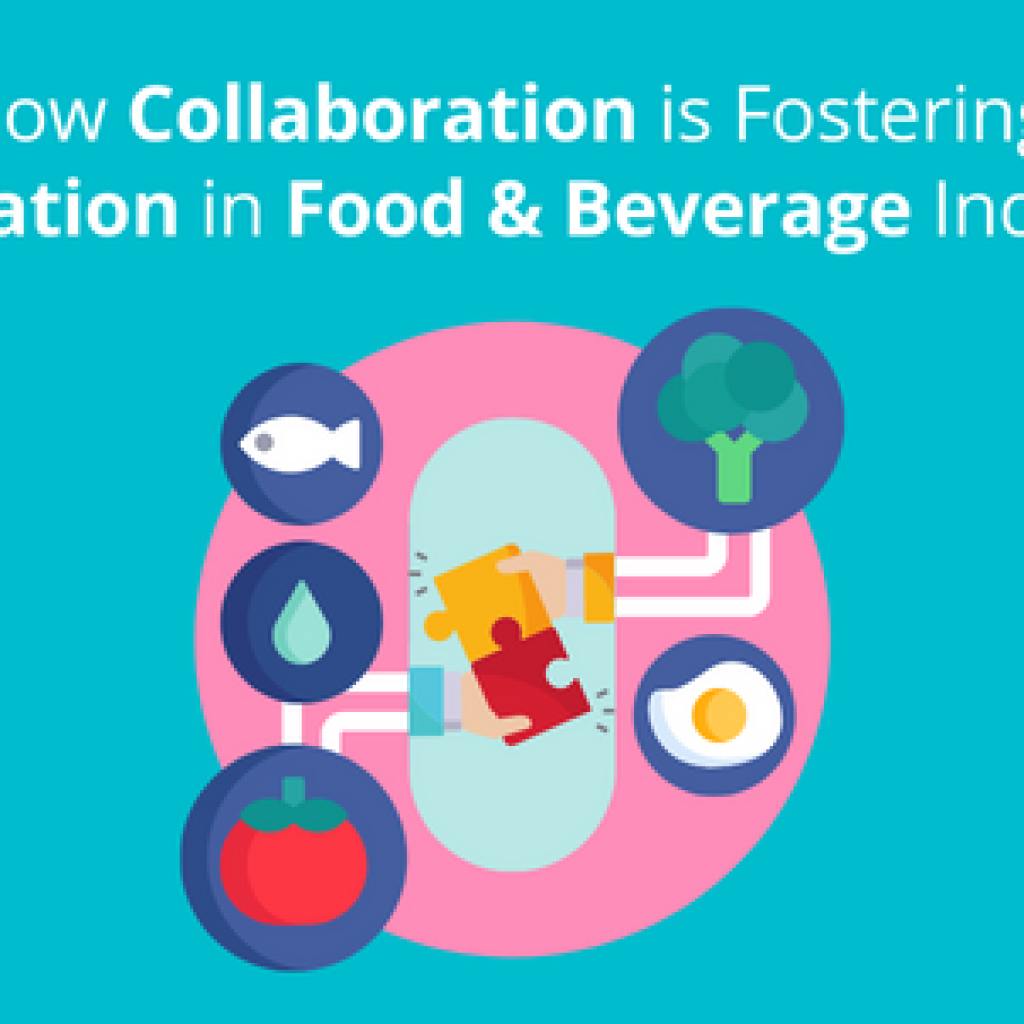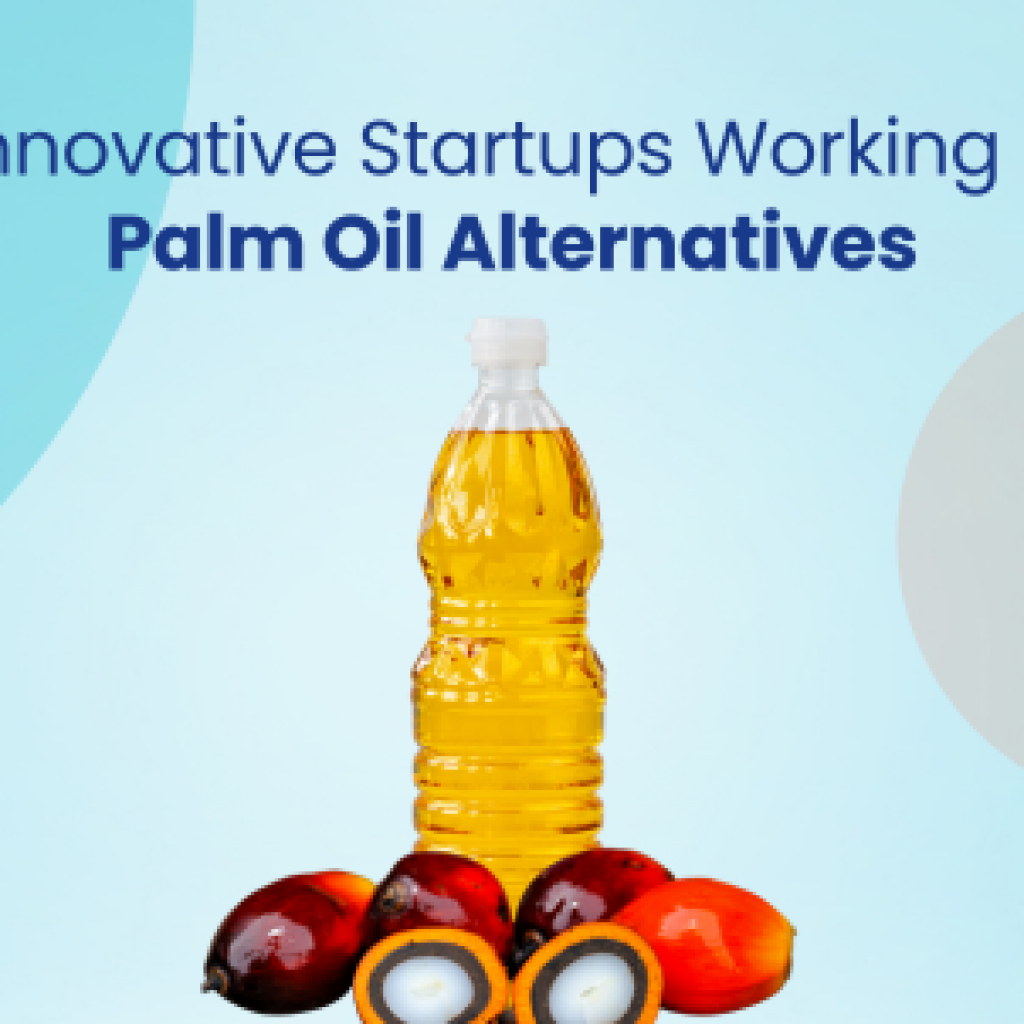The European Union’s mandate to achieve carbon neutrality by 2050 has made sustainability a top priority for companies worldwide. As a result, industries are adopting alternatives to various production processes, leading to GHG emissions. One area in which companies readily reduce their carbon footprint by using eco-friendly printer ink is packaging.
While they haven’t been able to eliminate the emissions, these companies and startups are developing eco-friendly printer inks to reduce carbon emissions.
How sustainable are their methods? And will it solve the industry’s problem in the long term?
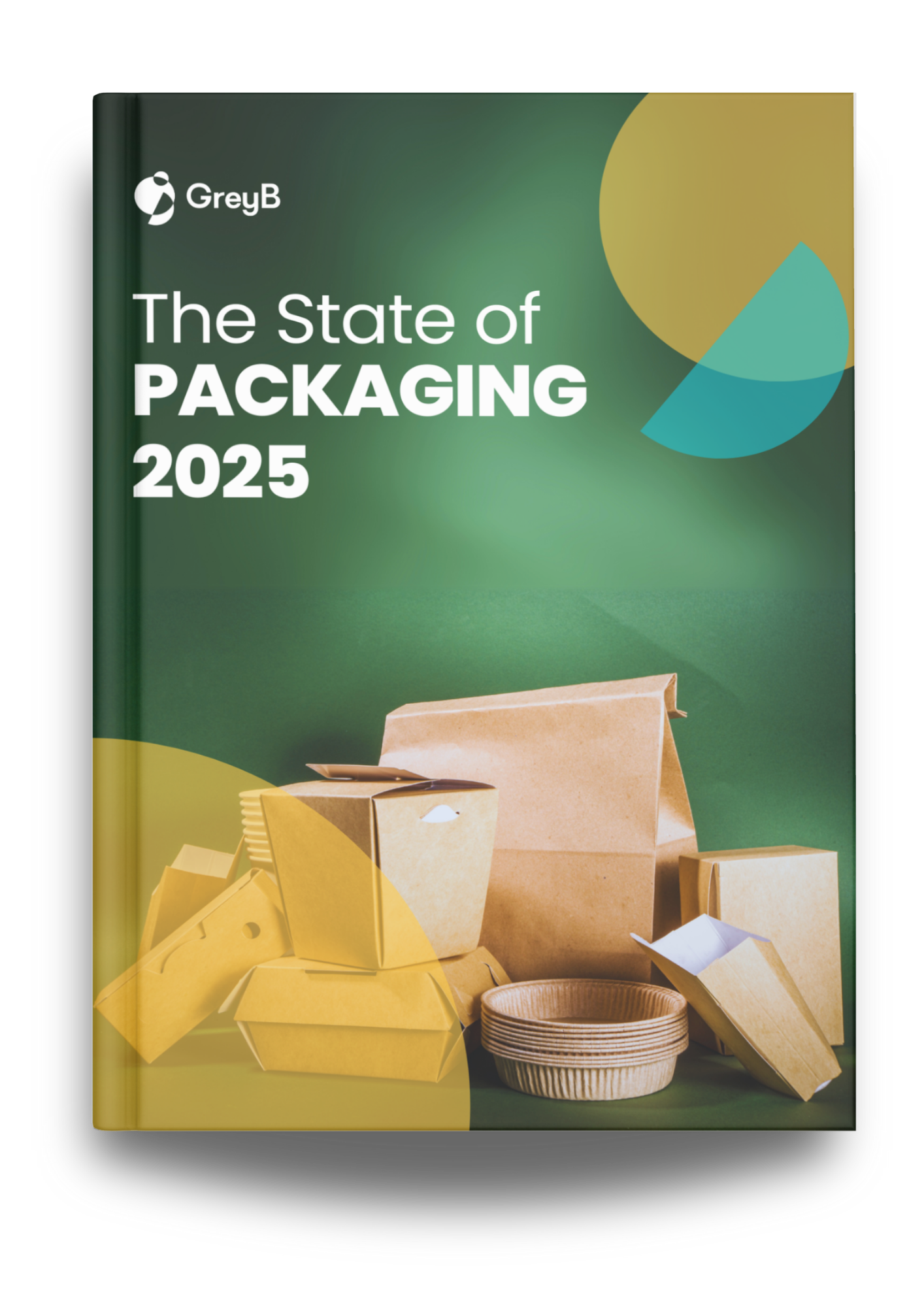
1. Graviky Labs: Eco-friendly Printer Ink from Air Pollution

Graviky Labs, an MIT spinoff dedicated to developing clean technology solutions, has found a unique way to repurpose air pollution.
Creating a patented process transforms harmful particulate matter from burning fossil fuels into functional everyday materials such as eco-friendly printer inks.
To achieve this, they first remove heavy metals and carcinogens from soot produced by fossil fuel combustion. Then, they purify the remaining carbon and treat it with specific chemicals to create high-quality black ink.
It is impossible to address climate change without making everyday consumption more sustainable.
Nikhil Kaushik, CEO
Funding
With their latest funding on Apr 13, 2021, Graviky Labs has raised $245K in over 7 funding rounds.
Commercialization
Their product AIR-INK is the world’s first ink to be recycled from air pollution and is being used in printing. About 45 minutes of offshore oil drilling pollution can yield 30 milliliters of AIR-INK. To give you more context, 1ml of ink can print about 50 pages.
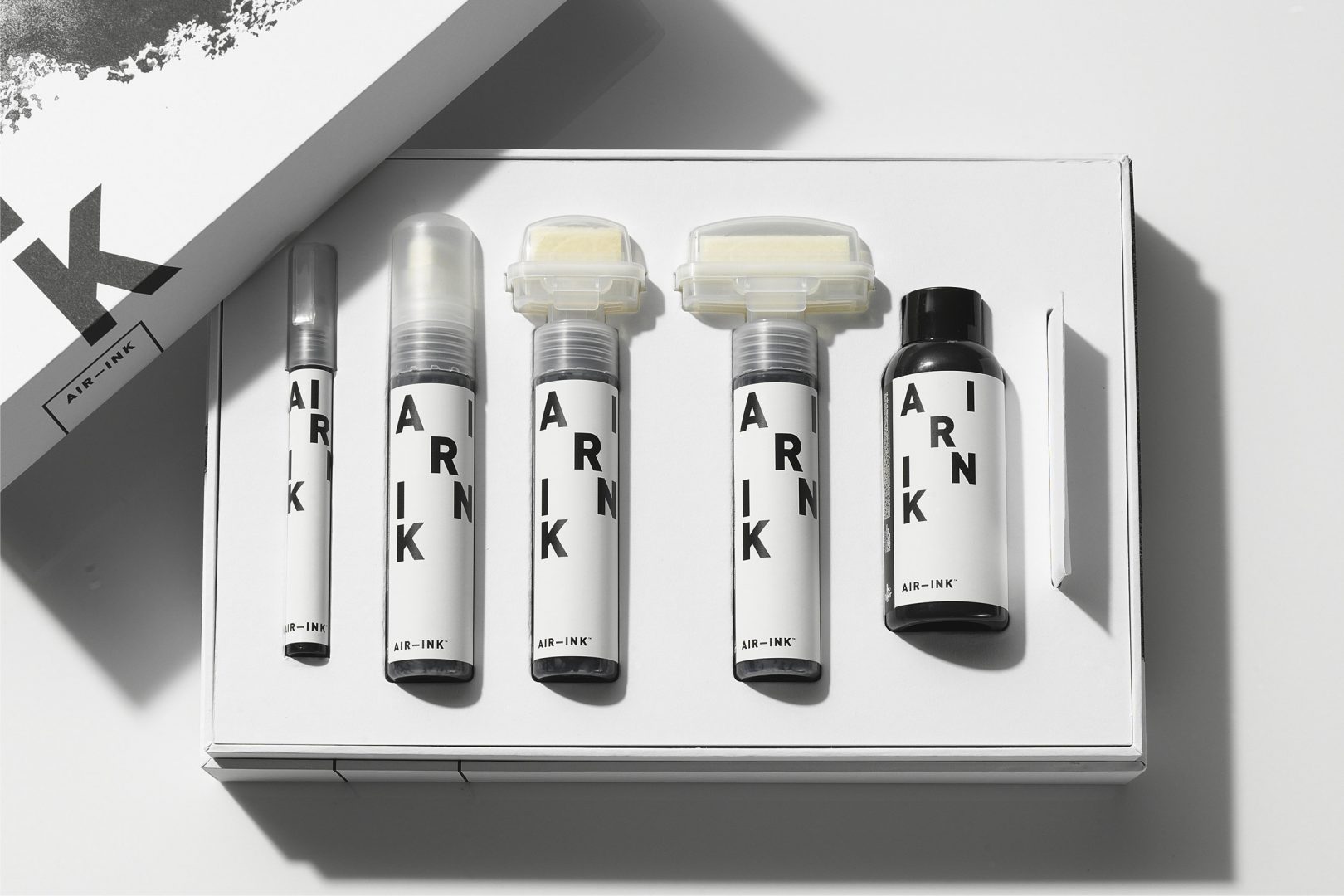
2. Living Ink: Ecological Printer Ink from Algal Residue
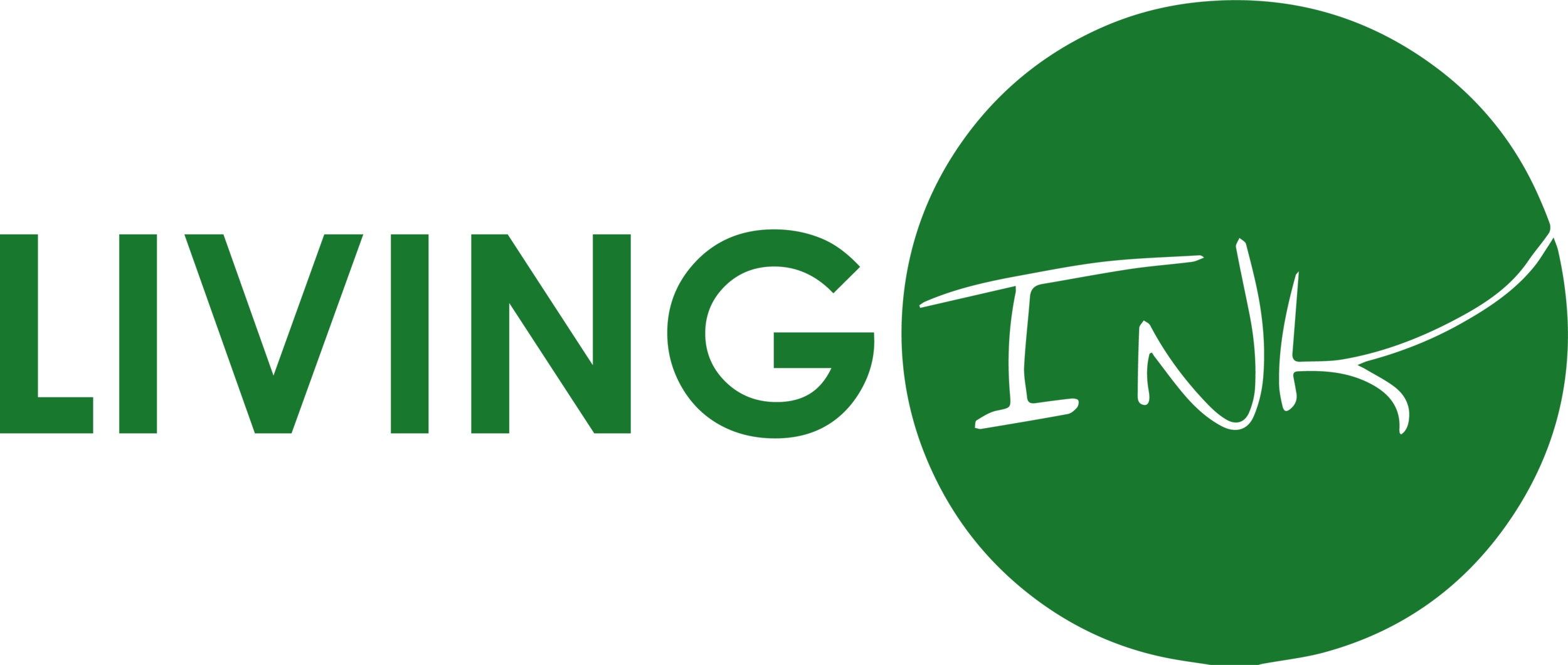
Living Ink claims its ink is climate-positive, with 45 pounds of its product capable of removing 59 kg of CO2 from the environment when produced industrially. This amount is equivalent to negating the use of 22.5 pounds of petroleum.
Compared with its traditional counterparts, they claim that the ink can be stored and used without modification.
That’s a plus one! Isn’t it?
The company aims to provide a sustainable, safe alternative to carbon black pigments. To achieve this, they have developed a process that uses algae-derived pigments to create eco-friendly printer inks.
The company sources its biomass from Earthrise Nutritionals in California, where spirulina, a type of algae, is grown from natural food colorants.
After extracting the colorant, the remaining algae waste biomass is processed and purified using a proprietary method to create a black pigment. This purified content is then milled to form a dispersion that can generate ink.
Funding
Living Ink Technologies has raised $3M in over 5 funding rounds, with their last round of funding in 2021 raising $1.5 million.
Commercialization
Their algal inks are available for various printing purposes and surfaces, including cardboard, paper, clothing, and plastic.
Collaboration
Further, the company has also collaborated; last year, Nike collaborated with Living Ink to produce algae-based graphic tees.
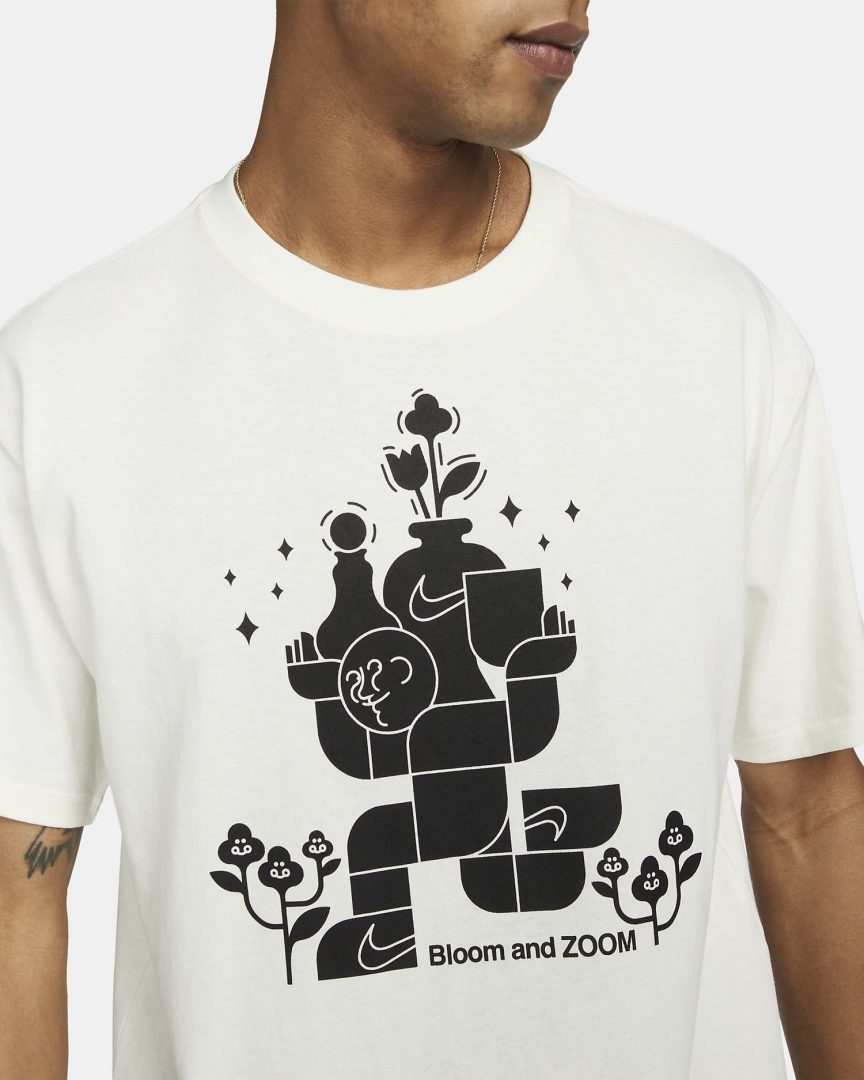
Author’s note: We recently talked with Scott Fulbright, CEO of Living Ink, to get insights into their technology and plans. Want to know how it went?
Interview with the CEO of Living Ink
3. Newlight Technologies: Sustainable Printer Ink from Carbon Emissions
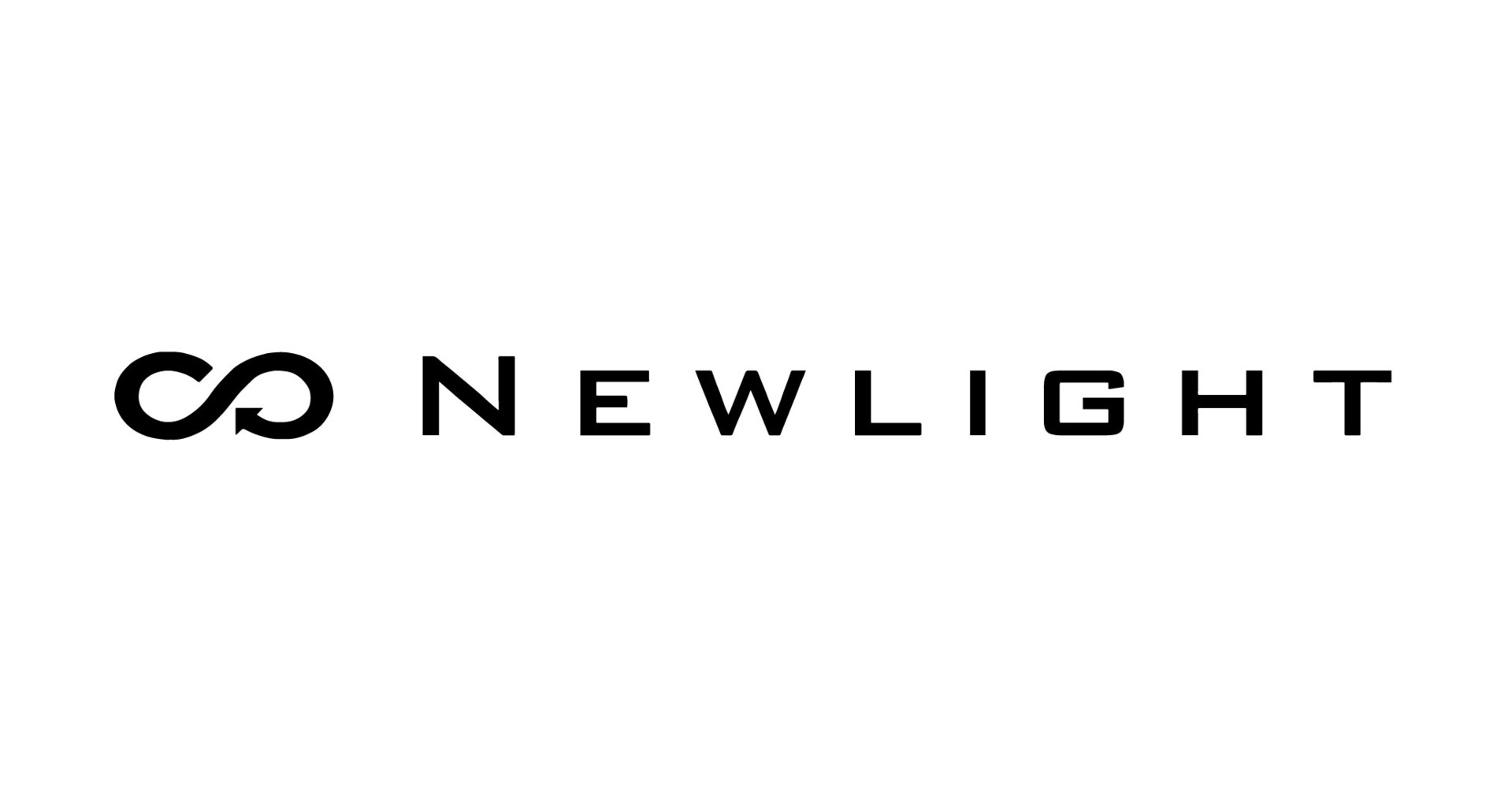
Every day, natural microorganisms in the ocean consume air and greenhouse gas dissolved in saltwater to produce a meltable energy storage material inside their cells called PHB.
With 10 years of research, Newlight learned how to replicate this process on land.
Combining natural microorganisms from the ocean with renewable power, air, salt water, and captured greenhouse gas emissions that would have otherwise been released into the atmosphere to produce PHB — a material that they call AirCarbon.
The material is compostable, degradable in the ocean, and certified carbon-negative. Further, this material can be used to create various products, including eco-friendly printer inks.
Funding
With their latest funding on Jul 14, 2022, Newlight Technologies has raised $106.6M over 7 funding rounds.
Commercialization
Over the years, Newlight Technologies has improved its processes to make AirCarbon cost-competitive with petroleum-derived thermoplastics.
While affordability exists, scalability seems like an issue. Currently, Newlight has only one commercial production facility.
Yet, the company has received many global-scale purchasing and licensing agreements.
Packaging remains a critical aspect of greenhouse gas emissions. As a result, the food and beverage industry is seeking alternatives in food packaging. However, one of the key challenges is preserving food for extended periods.
A Korean food company has worked on an eco-friendly printer ink composition that absorbs CO2 to tackle this challenge.
4. Cheil Jedang: Carbon-negative Printer Ink that adsorbs CO2

CheilJedang is a leading Korean food manufacturer with an innovative ink composition capable of adsorbing carbon dioxide in food packaging.
The company’s recently published patent, US20220081582A1, details this ink and its application in Kimchi packaging.
This pH-sensitive ink composition consists of polyethylene imine polymer, which can adsorb the carbon dioxide generated within the packaging. Moreover, the ink can change its color on adsorbing carbon dioxide. Being basic, it changes to acidic when it adsorbs carbon dioxide.
The company provides packaging for many kimchi products — an industry where CO2 generation within a packet is a big problem.
That’s a smart and sustainable solution. Isn’t it?
Not only companies but universities are also researching to produce inks that are carbon neutral.
One such research involves using Biochar to print inks instead of carbon black.
Bottle Caps and Closure Trends Report
5. Rochester Institute of Technology: Replacing Carbon Black with Biochar
Lithographic printing is commonly used in the packaging industry, and carbon black has traditionally been a go-to material for absorbing carbon emissions.
However, according to research by the Rochester Institute of Technology, there is a more promising alternative: Biochar, a carbon-negative material.
During the production of Biochar, organic waste is heated in the absence of oxygen through a process called pyrolysis. This prevents the material from combusting and creates a different product than burning would.
As a result, the biochar produced contains more carbon than other organic compounds, allowing it to sequester carbon that would otherwise be released into the atmosphere.
Being a carbon-negative material, it shows promising use in producing lithographic inks used for packaging.
Replacing carbon black with Biochar would absorb carbon emissions and provide a more sustainable and environmentally friendly option for the packaging industry.
Although companies are making Biochar, its commercial application in eco-friendly printer inks has not been popularized. Therefore, this indicates a potential for growth in the future.
While these contributions are very small, they are an ecologically sound choice that can help companies meet environmental initiatives for a lower carbon footprint. The above are just a few examples of entities working on innovations to help reduce carbon emissions.
Wish to know about other ways to reduce your company’s carbon footprint?
Subscribe to our newsletter and stay informed about the latest sustainable innovations in your industry.
How Can We Help You?
We support industry-leading R&D and Innovation professionals through complex problems. Describe your challenge, and let us bring clarity and expertise.

